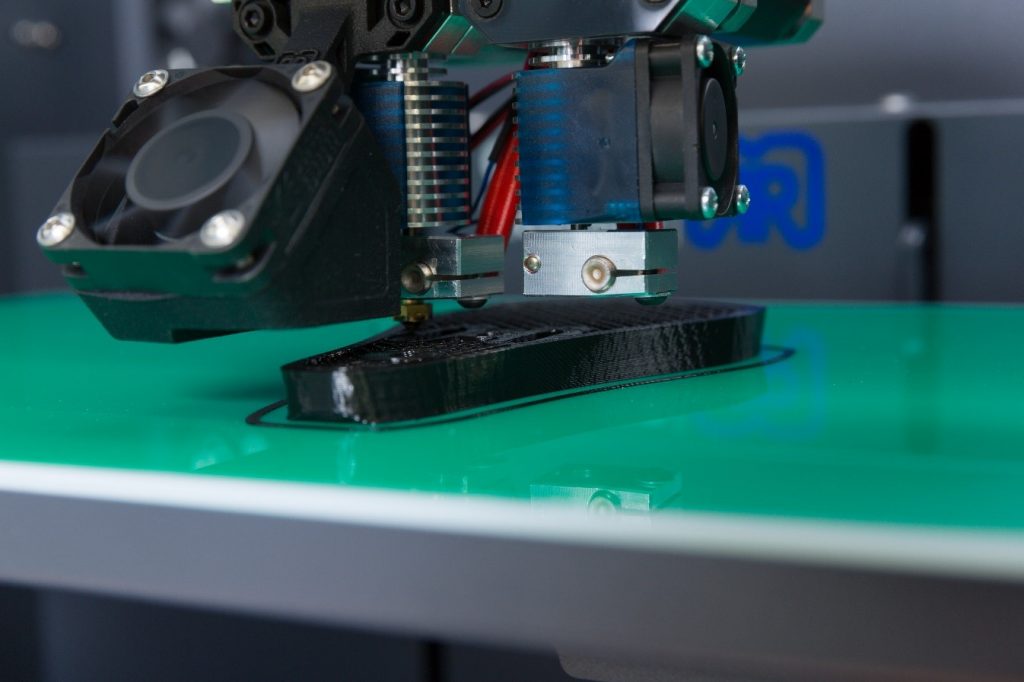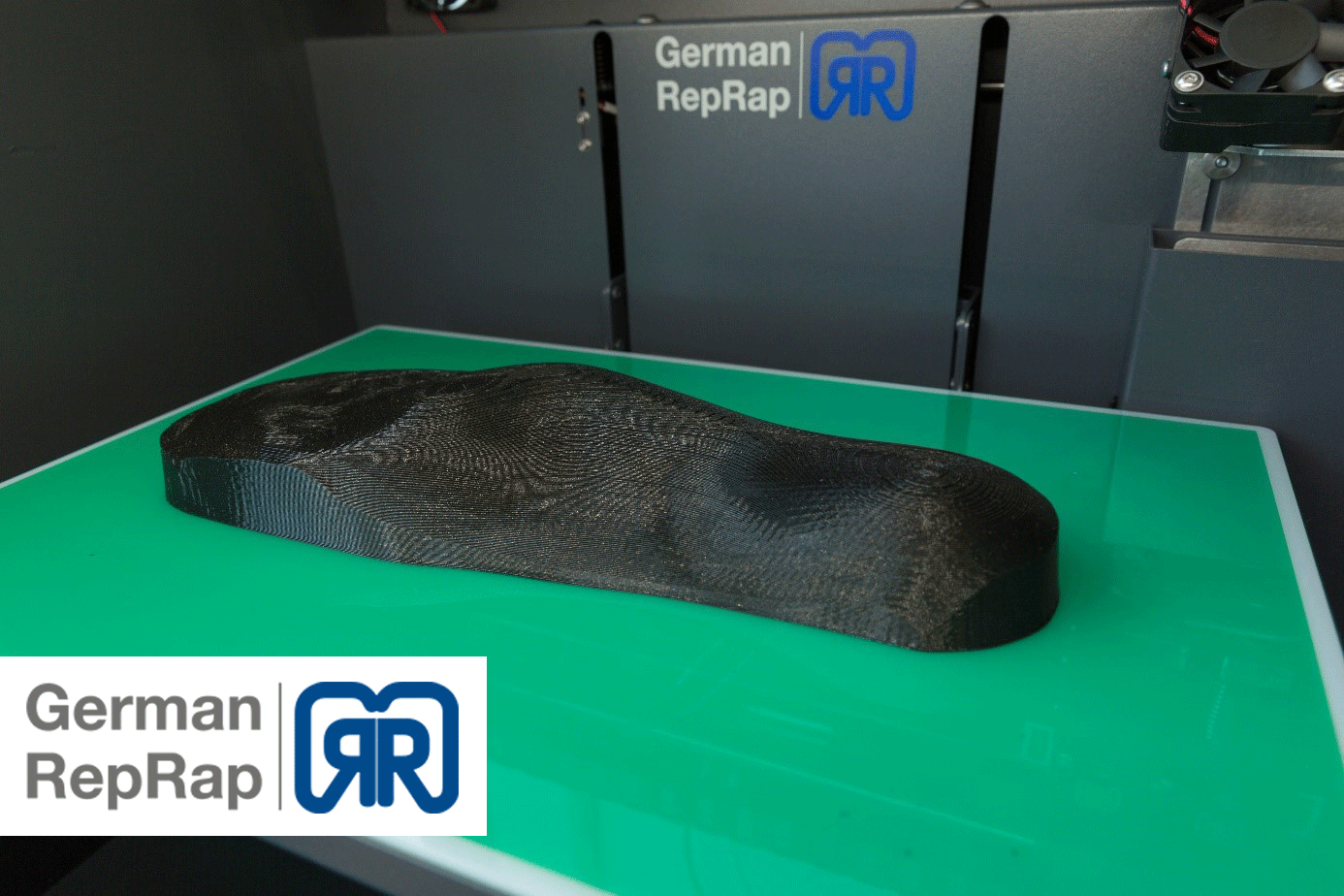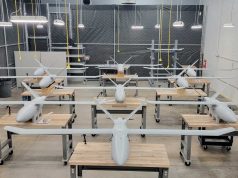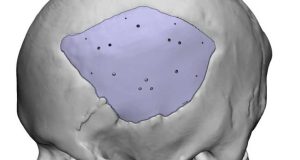Oberle Specialty Manufacturing’s State-of-the-Art Orthopedic Shoe Technology:
New Manufacturing Procedures with the German RepRap X350pro 3D Printer Save Time and Money
The history of the Oberle shoe company began more than 150 years ago. In 1859, the great-great grandfather of Oberle’s current General Manager, Achim Oberle, opened a cobbler’s shop in Ettenheim that made shoes for customers in town and the surrounding areas. In 2006, the company began specializing in “Healthy Shoes.” Committed to a mission of custom-tailoring medical products for their customers, the company added an orthopedic footwear line.
“We are a specialty manufacturer for orthopedic footwear technology, and our passion is to develop products for everything associated with legs, feet, and/or extremities. We can proudly claim leadership in the technical area,” says Mr. Oberle. The so-called 3D posture analysis (which involves 3D measurements of whole body posture), as well as the 3D walking analysis (which measures gait, body angles, and forces), have long been standard procedures for this company. As a cutting edge innovator in the footwear technology space, the company must continuously employ new technologies as they become available. “We are deeply committed to the most current methods and state-of-the-art technology,” explains Mr. Oberle.
Years earlier, the foot was modeled by first creating a plaster cast of the foot. The plaster imprint was then filled with foam to create a “positive” of the foot to be used as a shoe last, which models the shape of the foot and is used to construct the shoe. However, Mr. Oberle was allergic to the foam, so an alternative method was needed. Three to four years ago, 3D scanning enabled the company to produce 3D measurements of the foot, which would then be sent to a contractor who would mill a shoe last from wood. While this method provided a solution to the foam lasts, Mr. Oberle felt that outsourcing the production of wooden lasts was an unnecessary step in the process, especially when lead times could be long. “We often found ourselves waiting 10 days before a custom shoe last would be created,” recalls Mr. Oberle. “That was too much time.”
Mr. Oberle, who was already familiar with 3D printing, began looking for a way to make this technology work for his business. This is when he decided to start creating the lasts in-house with a 3D printer.

Recommendations from friends and business contacts led Oberle to the purchase of the German RepRap X350pro. The X350pro has been in operation since September 2016 and is used by the company on a daily basis.

“The main advantage is that we can work considerably faster,” raves Mr. Oberle. “Even the foot shell can be produced with a 3D printer. This foot shell is used to verify that the earlier 3D scan is a perfect fit. Clear plastic makes this easier. Once the shape fits perfectly, the final product can be printed. Adjustments are fast and easy, and so are fittings. With 3D printing, the first fitting can be done in as little as an hour!”
Cost-savings are another important advantage offered by the use of 3D printing. Since this production method generates no waste at all, the new process is considerably more cost-effective for the company than the previous method.
“We are still familiarizing ourselves with 3D printing and looking more ways to take advantage of this technology. It definitely requires many hours to acquire the necessary technical knowledge. Furthermore, it took us awhile to find the right material for the requirements and to adjust the correct settings to service our needs. Today, we can proudly claim to have found and fully implemented a reliable process, which is working quite well for us,” says Mr. Oberle.
Initially, the company used German RepRap PLA material, but soon switched to PET-G filament. Thanks to its properties, such as high-impact strength and weather resistance, PET-G is well-suited for use at Oberle – Gesunde Schuhe. This material is commonly used, especially in the medical area. Its good printing properties are comparable to PLA, and it stands out thanks to its low risk of warping. This makes it particularly suitable for beginners. The PET-G filament also has two more advantages that are crucial for the company – it is odorless during processing, and its good viscosity allows for high printing speeds.

“The German RepRap X350pro 3D printer has already become a regular tool and an integral part of the daily workflow,” explains Mr. Oberle. “The 3D printer often runs throughout the night, and we’re considering the purchase of a second machine to manage our increasing order volume.”
Subscribe to our Newsletter
3DPResso is a weekly newsletter that links to the most exciting global stories from the 3D printing and additive manufacturing industry.























